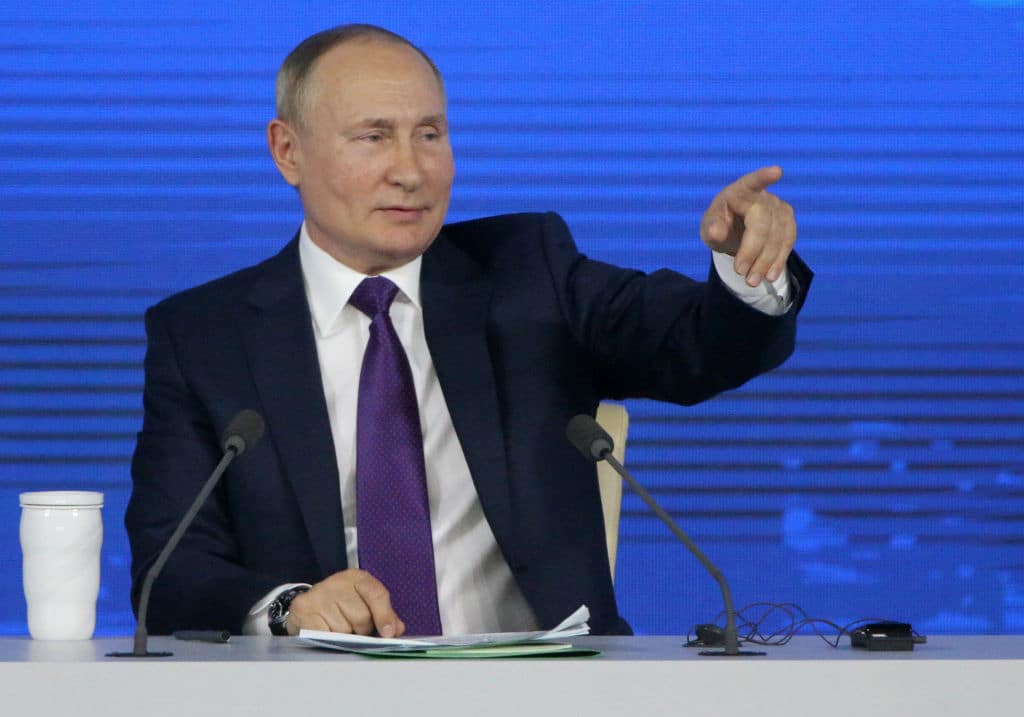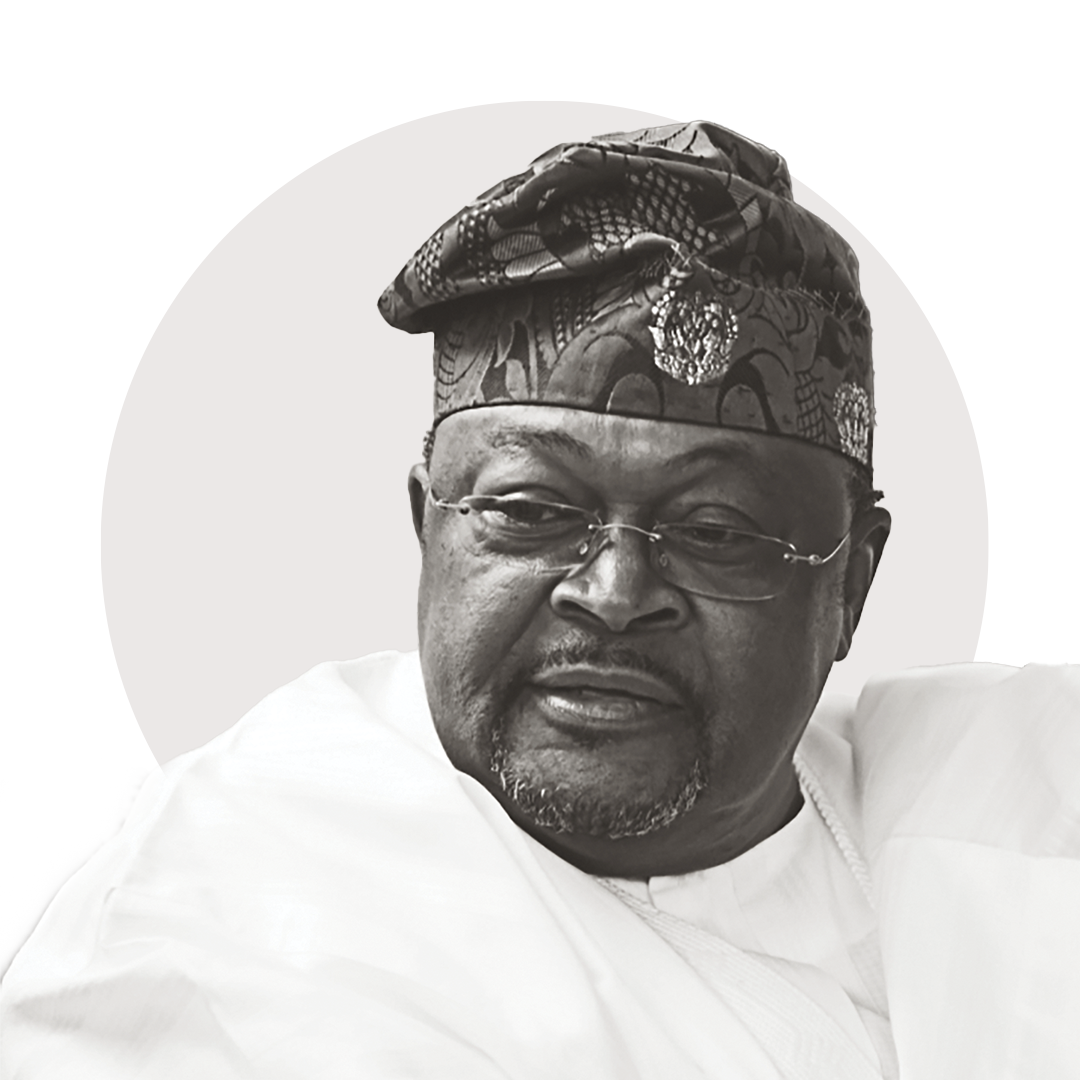How can Russian President Vladimir Putin afford the costs—both direct and indirect—of a new war in Ukraine? Easy—he’s been preparing for years. Russia’s central bank reserves now stand at $640 billion, a record. That pile is equivalent to 17 months of Russian export revenues, and continues to grow, thanks to surging oil prices.
Russia exports some 5 million barrels per day of crude oil, plus 2.5 million bpd of refined petroleum products, according to Cowen & Co., amounting to about 10% of the global oil trade. With Brent crude hitting an eight-year high of $88.88 this morning, that amounts to more than $600 million a day in petro-cash.
On top of that is 23 billion cubic feet per day of natural gas exports (roughly 2 bcfd of which now transits through Ukraine)—worth another $400 million a day at today’s elevated European prices.
Importantly, it’s no longer apt to refer to Russia’s fossil fuel income as “petro-dollars,” as Putin has been working hard to “de-dollarize” the Russian economy. Back in 2013 Russia received dollars for 95% of its exports to Brazil, India, South Africa and China. Today, according to the Congressional Research Service, after a decade of de-dollarization just 10% of that trade is in greenbacks.
And Putin has created new payment processing systems, as a replacement for the Society for Worldwide Interbank Financial Telecommunication, or SWIFT (from which Biden has threatened to cut Russia off); in 2015 after U.S. sanctions Moscow launched the Mir payment platform (now even connected to Apple Pay).
Loading...
Putin has increasingly replaced trade in dollars with gold. From a record low of $2 billion worth of gold in 1995, Russia has piled up a mountain of it—now worth $130 billion, or 20% of total reserves. That’s equivalent to about 72 million 1 oz. gold coins, or 4.5 million pounds. Only the U.S., Germany and Italy hold more gold.
Though Russia mines a lot of gold, platinum and palladium itself, some of the pile may be coming from friends like Venezuela, which in 2019 reportedly loaded 20 tons of it onto a Russian Boeing 777, part of a liquidation of some 300 tons from Caracas coffers.
(Putin is not the only goldbug—central banks have added 4,500 tons of gold reserves over the past decade.)
According to Johns Hopkins University economist professor Steve Hanke, Russia’s central bank has displayed high competence in managing the rouble, and it shows: Since 2016 it has held mostly steady at .013 per dollar, though dropping about 8% in recent months during the Ukraine military buildup.
Clearly, Putin has been putting funds to work investing in his military. Spending ramped up to a peak of $90 billion per year in 2013, ahead of his Crimea invasion, and totaled $60 billion in 2020, according to World Bank data.
This pales in comparison to U.S. military spending of $780 billion and China’s $250 billion in 2020—though Russia does spend more as a percentage of GDP, at 4%. Putin could likely ramp that spending more if he wanted to—according to BNP Paribas data, Russia’s public debt is 18% of GDP, while total external debt is less than 30% of GDP. Ukraine’s debt load is 80% of GDP, while the U.S.’ is more than 100%.
By Christopher Helman, Forbes Staff
Loading...





















